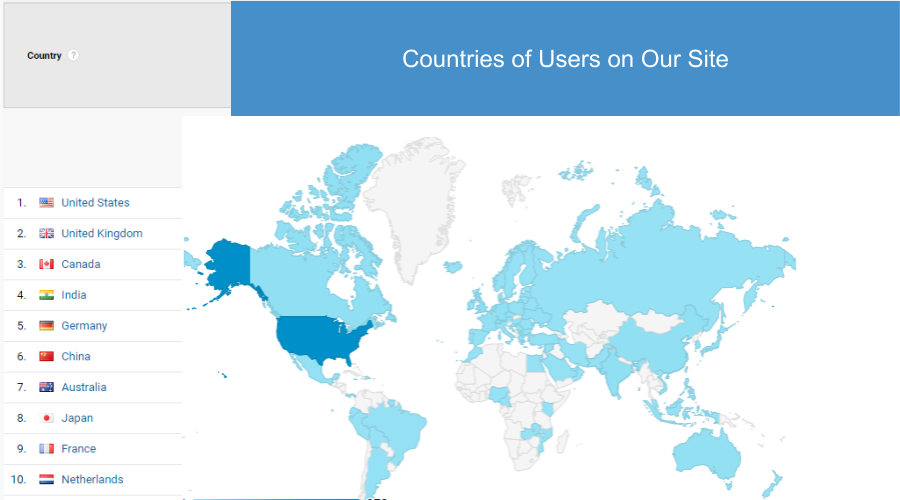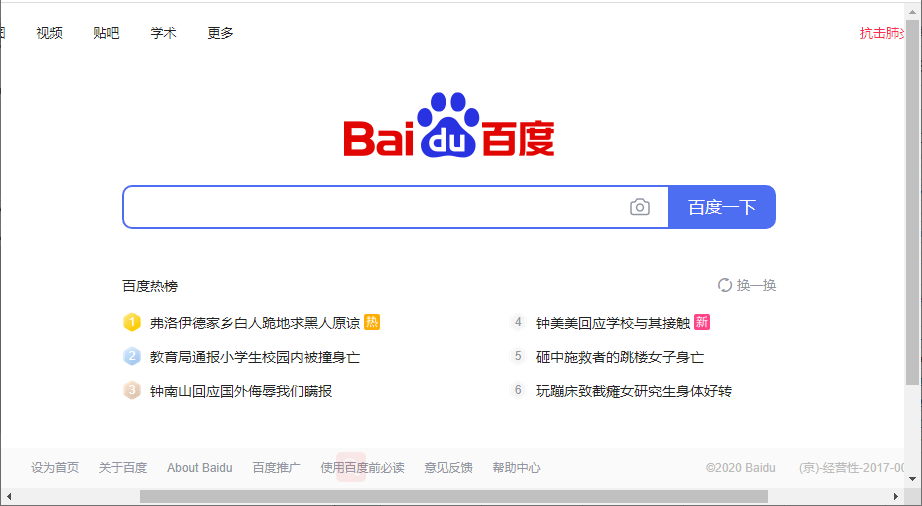Your online business is doing well and you want to expand to international markets. Translating your website will help, but doing so carelessly will not benefit your brand as much as following website translation best practices. One of the most vital best practices is multilingual SEO. Here we give an overview of why and how to do multilingual SEO.
Why Bother?
You may think that English will suffice for your website as this is the language used in the USA, Canada, the UK, Australia, and New Zealand. However, non-English speakers far outnumber their English-speaking counterparts online.
Furthermore, even if your potential customers understand English, studies have shown that they prefer visiting websites that are written in their own language.
For example, let’s say you want to increase your sales in Europe. While many of your customers may understand English, this won’t be enough to convince them to visit your website. Instead, you should consider translating your website content into several European languages, including French and German.
To ensure maximum brand recognition and sales, you may decide to translate your content into perhaps a dozen languages. With these translations you will:
- Increase your target audience of potential customers
- Increase your chances of making a sale with each visitor

Further, you may need to have regional versions of your site with the same language. For example, the English spoken in the UK, not to mention the legal environment and culture, is not identical to that in America so you may also need to have a site dedicated to UK customers.
No Bots 🤖
Translating content into several different languages is a significant undertaking and you cannot just rely on Google Translate. First of all, visitors may find the translations completely bewildering. Second, the automated translation may weigh down your entire site in Google search rankings. It’s far better to hire a native speaker who understands the language as well as your subject matter.
So that’s why translating your website is a lucrative move for many companies. But we can’t stop with translation. We need a strategy that involves multilingual SEO.
What’s Multilingual SEO and Why Do It?
Multilingual SEO is the process of optimizing your website content for various languages, countries, and regions in order to attract search traffic from around the world. In short, multilingual SEO is just like normal SEO except you have to perform the SEO practices in each language individually.
You’ll need to:
- Translate the appropriate pages that have the most interest in each language and region
- Use the right keywords in your website translation
- Get backlinks from authoritative websites in each foreign market
- Research local search engine’s technical details. (Remember, most people “Google” things, but many people in Russia “Yandex” things and most people in China “百度一下” or “Baidu it”.)

In China Baidu dominates the search engine market.
With just some careful planning and a little effort, you can boost your search result ranking in every market.
Make the necessary plans and preparation
As mentioned above, translating your content into different languages is a delicate undertaking; just one word wrongly translated can cause a great deal of damage to your online ranking. Therefore get ready plan your SEO campaigns for each region and location.
First, determine how much online traffic each country should potentially generate for your site. You can use Google Analytics to check for specifics, such as your target international audience. If you need more information, these tools will help your SEO planning.
If your business is generating lots of online traffic and sales from international buyers, it will pay to invest in multilingual SEO.
What should you do about the site content?
You need to create multilingual content that is suitable for a multinational audience. If your products and services are universal in nature, you should focus on translating your content accurately. You can create separate pages for each language to ensure all your readers understand your message. However, don’t forget to apply local SEO or localization.
There is a difference between translation and localization. The former involves converting the content into words that are understandable to your international buyers while the latter means incorporating your audience’s cultural sensitivities into the content.
Set up your onsite SEO for different languages
Domain and URL
The first critical steps in your multilingual SEO campaign involve the domain and the URL.
There are actually several options for indicating the language or region in your URL. For example:
- Top-level domains, such as .co.uk for the UK or .fr for France
- Subdirectories for a specific language, such as /de/ for German or /fr/ for French
- Subdomains such as de.store.com or fr.store.com
Depending on your situation, you may decide to set up a separate domain for each target country. Adopting top-level domains is appropriate for large websites, especially if you focus on a particular country or location. If you have a modest site, consider adding subdirectories that contain each language. For example, your structure might look like this:
- Website in German: www.store.com/de/
- Website in French: www.store.com/fr/
- Website in Spanish: www.store.com/es/
Download the URL Structure for Multilingual Websites eBook
Use a URL structure that will give your website the best search exposure in every language. We explain what you need to know about URLs in our comprehensive new ebook.
Download the eBook Now
(Plus, get a free UTM parameter tool for creating and organizing your UTM codes. [Click the button above to get your own copy.])
Hreflang
Many multilingual websites encounter issues concerning duplicate content. If your content is displayed in more than one language, Google and other search engines may flag it as a duplicate website when it sees similar or identical images or inbound/outbound links.
So, how can you avoid being penalized for duplicate content?
You can use Hreflang and alternate tags. They can inform Google that the page in question is an alternate version of the original but in a different language. You can consider it to be a canonical URL except that it is for other languages.

Create an XML sitemap for your web pages
Google and other search engines need clear directions to your various web pages, especially with regard to the various languages available to buyers. An XML sitemap can help both search engines and your users. This indispensable tool will allow search engines to show the correct language page to their users.
You can manually create an XML sitemap so that it includes all the languages. However, this would be a time-consuming task. It’s much better to use a multilanguage sitemap generator. WordPress websites have this plugin. There are also various other third-party multilingual sitemap generators available.
Like the article?
Click here to share on Twitter>>
Tweet
Click here to follow IVANNOVATION on Twitter and be first to learn about our new content>> Follow @ivannovation
Adapt your content to the local culture
An accurate translation of your website won’t suffice. You will need to ensure that you create content that takes account of the local culture and that is more focused on your international demographics.
Conduct some research or seek advice from someone knowledgeable about your target country. This will enable you to design pages that will appeal to your audience.
The importance of adapting the the local culture depends somewhat on the topic being treated on the website. If your website is primarily composed of technical user guides, then culture doesn’t matter too much. But if your content is marketing oriented, the cultural aspect is crucial. For marketing content you may want to consider transcreation rather than traditional translation.
You will also need to consider relevant legislation, such as the General Data Protection Regulation (GDPR). If your site is targeting countries in the EU and collecting user information, it must comply with data protection laws.
Conclusion
Translating your original website content into a variety of different languages requires the services of a professional human translator. However, your site will not live up to its potential if you merely translate. Your site needs to be visible in Google search results to all your potential international customers. In order to do this, you’ve got to do multilingual SEO. This may take some time and planning, but your efforts will be rewarded with global brand recognition and increased sales.
Get free translation tips straight to your inbox!
- Get tips on how to translate your website, marketing materials!
- Get actionable advice to help you succeed with international business.
- Be the first to access free language and management tools.



